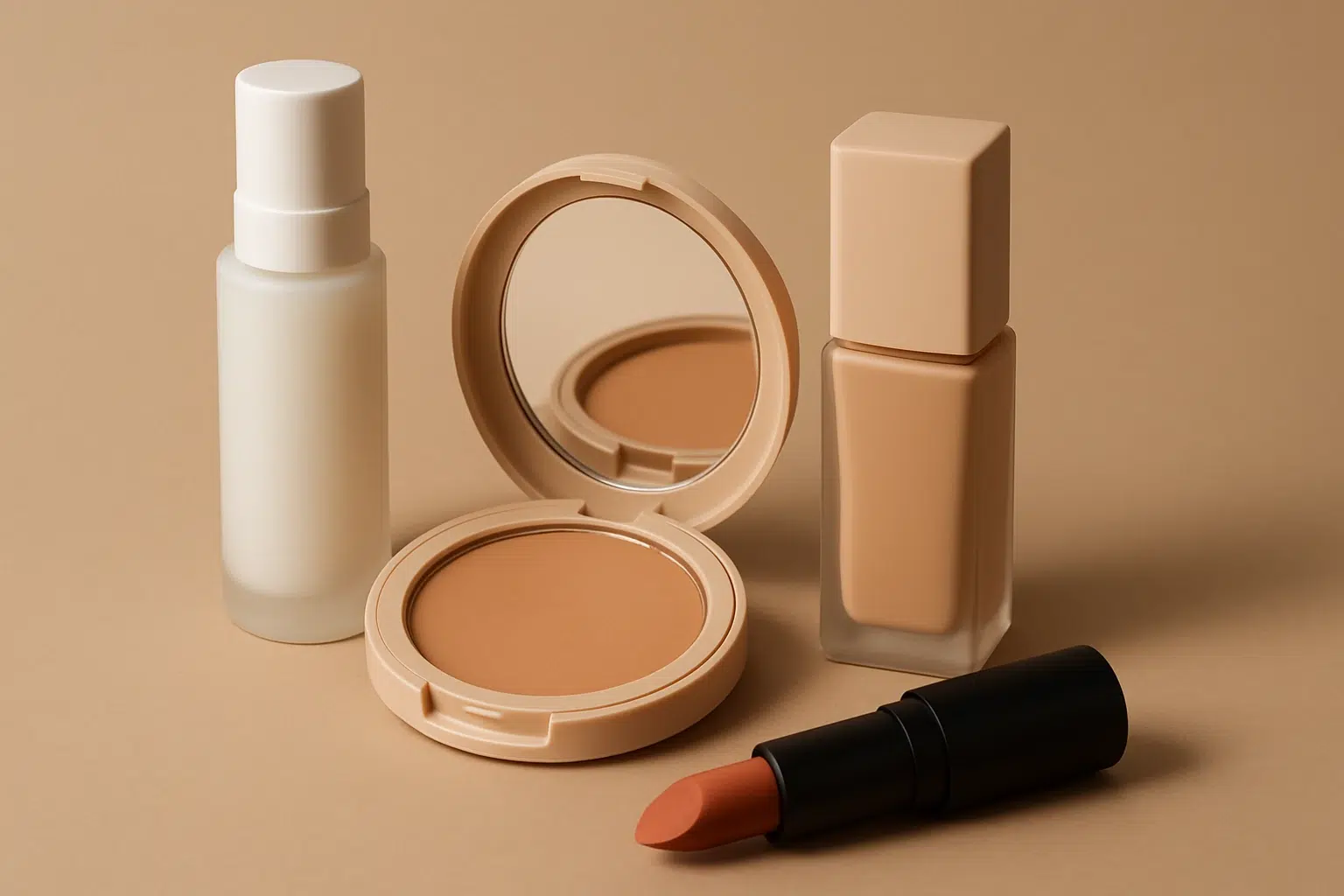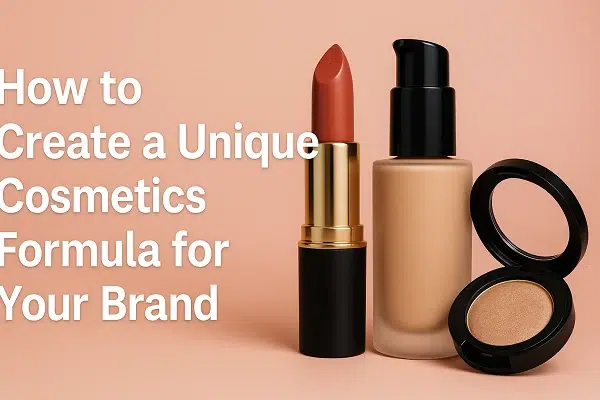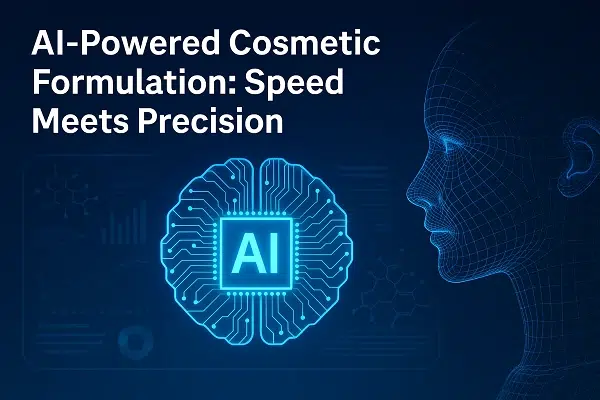⚡ Quick Answer:
Artificial intelligence is now streamlining the cosmetic formulation process, cutting development timelines from several months to just a few days. By analyzing ingredient compatibility, market trends, and consumer preferences, AI enables faster, data-driven product creation while reducing the need for lengthy manual R&D cycles.
The Traditional Product Development Bottleneck
Historically, developing a new cosmetic formula has been a time-consuming and labor-intensive process. It typically involves:
Weeks of ingredient testing and compatibility assessments
Multiple rounds of lab trials and reformulations
Manual analysis of market trends and feedback
Dependence on limited in-house R&D resources
This process often takes 3 to 6 months, especially for complex products like multi-functional foundations or long-wear lipsticks.
How AI Changes the Game
Artificial intelligence platforms can now perform much of this work in hours or days. Here’s how:
1. Ingredient Pairing & Compatibility Checks
AI models can analyze vast databases of raw materials to suggest optimal combinations based on texture, stability, regulatory approval, and sensory profile.
Example: platforms like Symrise Scent & Care AI and Innosabi Cosmetic AI already use this to assist product engineers.
2. Predictive Trend Mapping
By scanning platforms like TikTok, YouTube, and online reviews, AI can identify rising trends and color preferences weeks before they peak, allowing for early formulation alignment.
3. Consumer Behavior Modeling
Some systems integrate purchase data and sentiment analysis to predict which features (e.g., vegan, fragrance-free, water-resistant) resonate most with specific demographics.
4. Automated Prototyping Recommendations
Formulation software can simulate physical properties like pH, viscosity, and SPF strength—reducing the number of physical tests needed.
Efficiency & Cost Benefits: A Side-by-Side Comparison
| Step | Traditional Workflow | AI-Enhanced Workflow |
|---|---|---|
| Market Trend Research | 2–3 weeks (manual research) | Real-time via AI scraping |
| Ingredient Screening | 3–4 weeks (lab testing) | 2–3 days (AI prediction) |
| Sample Iteration Cycles | 3–5 rounds | 1–2 rounds |
| Time to First Sample | ~8–12 weeks | ~5–10 days |
| Development Cost Estimate | Higher (manual R&D) | Lower (fewer iterations) |
AI doesn’t replace cosmetic chemists—but it augments their ability to iterate faster, allowing them to focus on refinement instead of starting from scratch.
Applications Already in Use
Custom foundation matching: AI skin-tone analyzers (e.g., L’Oréal’s Perso system) create real-time, tailored formulations for individuals.
Fragrance optimization: Algorithms help chemists reduce allergen content while maintaining scent profile.
Formulation libraries: Platforms like Nutraveris AI allow real-time exploration of functional ingredients across beauty and nutraceuticals.
The Future of AI in Cosmetic Development
As AI systems become more sophisticated, they may enable:
Voice-prompt product creation (“Design a matte liquid lipstick in coral with SPF 15”)
Sustainability scoring to prioritize low-impact raw materials
Packaging and pricing simulation alongside formulation, to create full market-ready kits in under 2 weeks
This level of agility can benefit both emerging and established brands, especially those relying on fast reaction to viral trends or seasonal campaigns.
Final Thought
AI isn’t just changing how cosmetic products are formulated—it’s redefining how fast ideas can reach the market. From data-driven ingredient selection to virtual sampling, beauty brands now have tools to respond quicker, with greater accuracy and lower risk.
As more companies adopt these innovations, formulation speed will no longer be a differentiator—it will be a baseline expectation.







